 Abraham Lincoln
If given the truth, the people can be depended upon to meet any national crisis...
Abraham Lincoln
If given the truth, the people can be depended upon to meet any national crisis...
 Guildford news...
for Guildford people, brought to you by Guildford reporters - Guildford's own news service
Guildford news...
for Guildford people, brought to you by Guildford reporters - Guildford's own news service
Birdwatcher’s Diary No.26
Published on: 1 Jan, 2013
Updated on: 1 Jan, 2013
By Malcolm Fincham
Waxwings! What a wonderful and unexpected surprise! And while on a shopping trip to Farnborough! I was especially pleased (for those who have read my previous reports) that I didn’t upset my long suffering wife on this occasion and managed (just) to hold back my excitement at seeing them by not exclaiming their presence too loudly as we drove through Mytchett, mid-afternoon on December 23rd.
Unfortunately being such a grey day as so many have been over the last week my pictures didn’t come out as well as I had hoped. For those not familiar with waxwings, they may be instantly recognised by how they pose – as in the pictures I’ve included here. I have also added a film clip from You Tube to help recognise what I think is the unmistakeably pleasant melodic jingling trill. Click here to view.
With the arrival of an old birdwatching enthusiast friend Steve Reddick, on a winter visit from Scotland where he now runs his own wildlife safaris, I made some time to join up with him on a few ventures over the festive season. Before I report on these, if you wish click here to see Steve’s Highland wildlife safaris website.
The first trip Steve and I had was to Warnham Nature Reserve near Horsham in West Sussex on Christmas Eve. In spite of it being another overcast morning with more rain moving in as the day progressed, it turned out to be a very productive day especially at their ‘woodland hide’.
With bird feeders regularly topped up by the management team it certainly attracted great views of winter visitors, and although once again weather conditions were far from good for photography, it was great to see flocks of redpolls and siskins at such close quarters.
The second venture was with the addition of another friend from days gone by, Simon. It was our annual pilgrimage to the Isle of Sheppey on the north coast of Kent, separated from the mainland by the Swale Estuary.
It’s quite a bleak stretch of land, but a great place at this time of year to see birds of prey and also many species of wintering wild fowl and waders.
Marsh harriers are plentiful and we counted at least 10 on our visit as well as a few of both male hen harriers as well as the ‘ring-tailed’ females that we saw hunting across the farmland. We also had a good view of a merlin hunting, which was unfortunately too fast for the focus on my camera.
I was however pleased to capture some reasonable snaps of a stoat as it chased a rabbit through the long grass.
Large flocks of waders included lapwings, golden plovers and even a few ruff were also on display. I also got a nice picture of a little egret – a bird which was not so many years ago was a rare sighting in the UK, but now can be seen seen wintering in many inland areas in the south of England. This includes two that I spotted feeding in a stream at Shamley Green, just south of Guidlford, a week ago.
The only minor disappoint to the day was that, although we spent the last hour of it at the ‘raptor’ view point at Harty Marsh, we didn’t have any luck with our usual sighting of a short-eared owl.
To end my year of reports on a bright note, and indeed on a bright sunny morning on Sunday, December 30, we decided on two local ventures. One of which was a trip out to Cutt Mill pond at Puttenham where as many as 16 goosanders have been reported in the last few days. These ducks are members of the saw bill family due to their long serrated bills used for catching fish. They breed in more northerly parts of the UK, but can occasionally be seen wintering locally.
The second local venture was out to North Camp railway station where I had heard reports and indeed got a second opportunity of seeing my favourite wintering bird – the waxwing. And I wasn’t disappointed, especially as I had been optimistic in my previous report of getting some up-to-date pictures. At least 30 appeared, giving me great photo opportunities while they happily feed on the berry bushes by the road side, as shown above and below.
What a great end to my year of bird watching! And on that note I would like to wish all my readers a great new year.
Responses to Birdwatcher’s Diary No.26
Leave a Comment Cancel replyPlease see our comments policy. All comments are moderated and may take time to appear. Full names, or at least initial and surname, must be given.
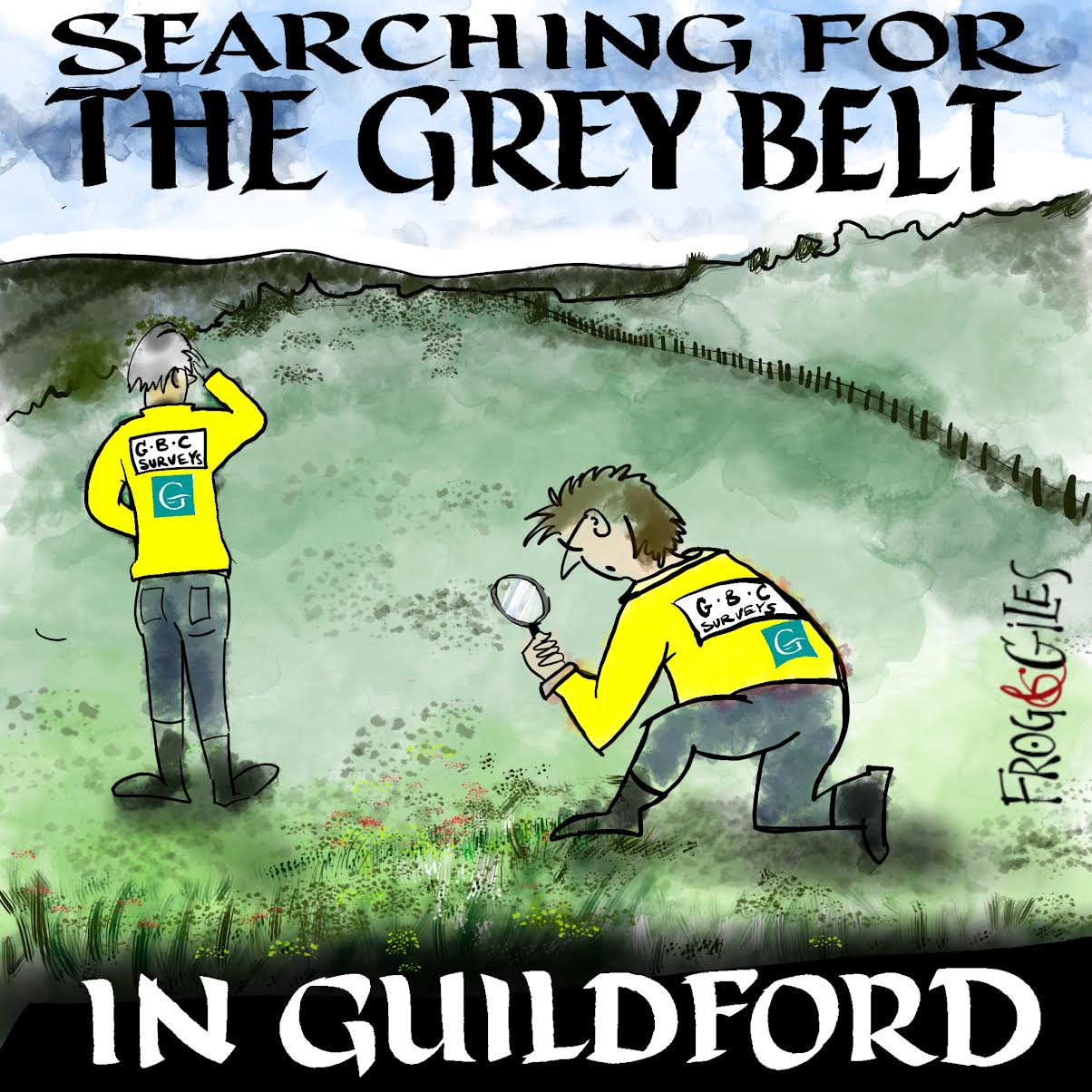
"Found any?" - "Nope, it all looks green to me!" (See Opinion: The Future is Congested, the Future is Grey)


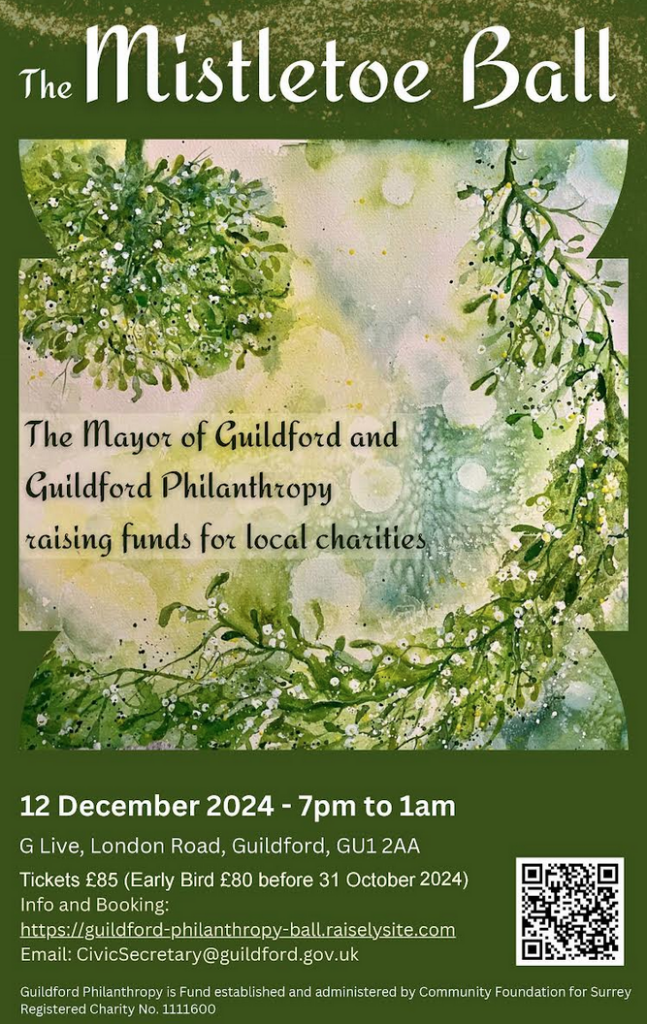

Recent Articles
- Student Named Land Based and Horticulture Learner of the Year
- Artventure Studio Celebrates its 40th Anniversary
- Ash Level Crossing Will Close Before Opening of New Road Bridge
- Updated: Fire at Ash Manor School Tennis Centre Was ‘Accidental’
- Witness Appeal Following Collision on A3 Esher Bypass
- Technical Fault
- Sara Sharif Trial Latest – Sara Was the Victim of a ‘Normalised Culture of Violence’
- Parish Council and CPRE Pleased with MP’s Support for Call In of Solar Farm Decision
- Letter: Memories of Woodbridge Park House and 1950s Guildford
- Letter: The Active Travel Proposal Is the Safest Option for London Road


Recent Comments
- Paul Robinson on Letter: The Active Travel Proposal Is the Safest Option for London Road
- Mike Smith on Photo Feature: Freiburg, Guildford’s Twin – Friends for 45 Years
- Derek Payne on SCC Cabinet’s Decision to Scrap London Road Scheme ‘Called-in’ by Select Committee
- John Perkins on Letter: LRAG Has Morphed from a Cross-community Group into a Pressure Group
- Maria Duarte on Sara Sharif Trial Latest – Sara Was the Victim of a ‘Normalised Culture of Violence’
- Bethan Moore on Letter: We Need to Stop Shouting and Start Listening
Search in Site
Media Gallery
Dragon Interview: Local Artist Leaves Her Mark At One of England’s Most Historic Buildings
January 21, 2023 / No Comment / Read MoreDragon Interview: Lib Dem Planning Chair: ‘Current Policy Doesn’t Work for Local People’
January 19, 2023 / No Comment / Read MoreA3 Tunnel in Guildford ‘Necessary’ for New Homes, Says Guildford’s MP
January 10, 2023 / No Comment / Read More‘Madness’ for London Road Scheme to Go Ahead Against ‘Huge Opposition’, Says SCC Leader
January 6, 2023 / No Comment / Read MoreCouncillor’s Son Starts Campaign for More Consultation on North Street Plan
December 30, 2022 / No Comment / Read MoreCounty Council Climbs Down Over London Road Works – Further ‘Engagement’ Period Announced
December 14, 2022 / No Comment / Read MoreDragon Interview: GBC Reaction to the Government’s Expected Decision to Relax Housing Targets
December 7, 2022 / No Comment / Read MoreHow Can Our Town Centre Businesses Recover? Watch the Shop Front Debate
May 18, 2020 / No Comment / Read More



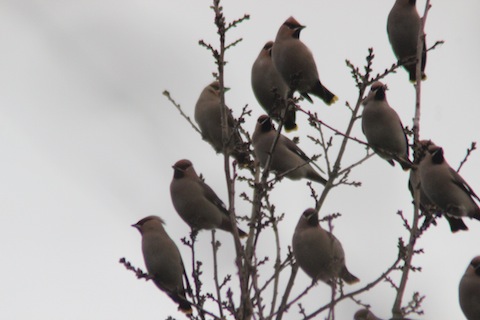
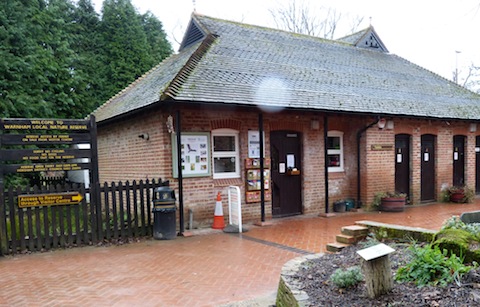
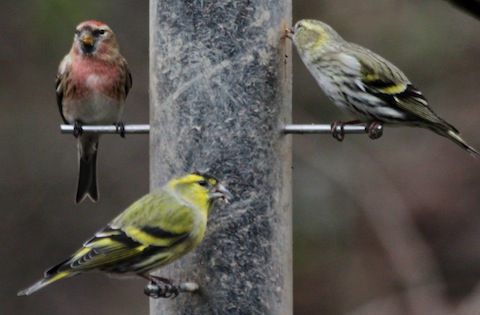
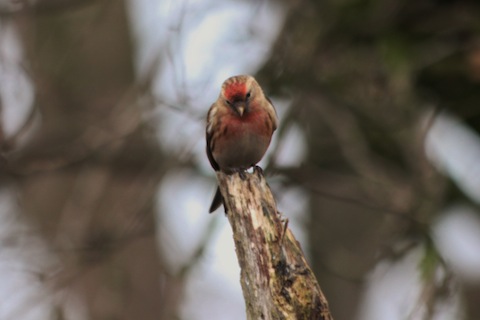

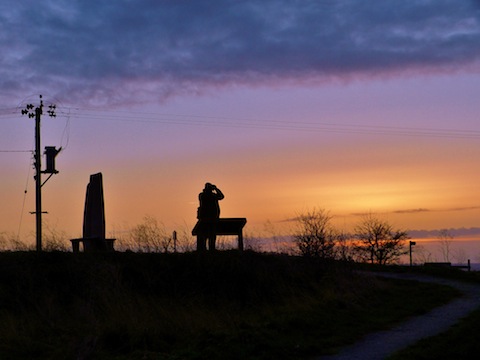
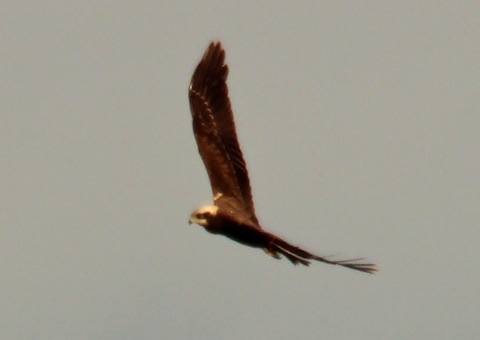
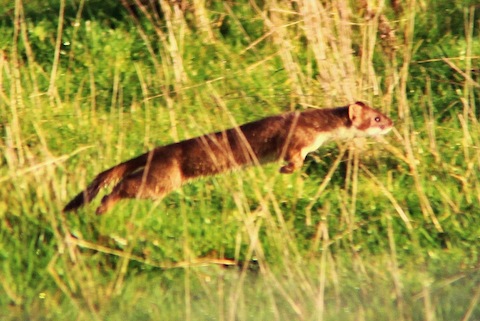
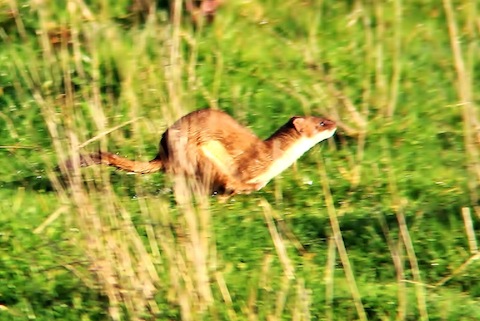
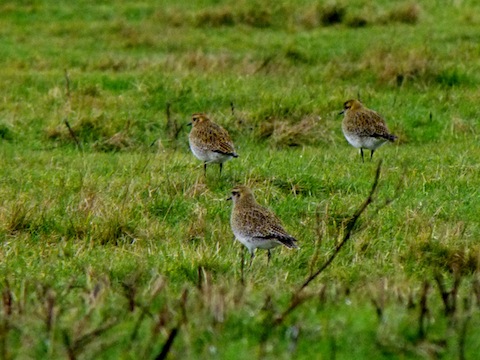
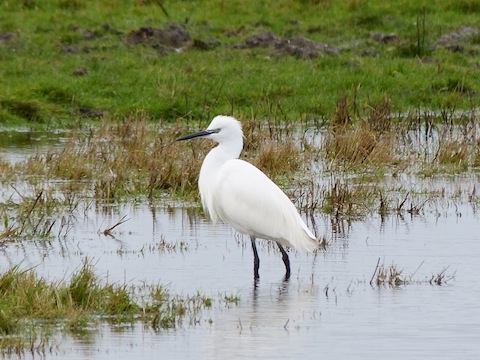
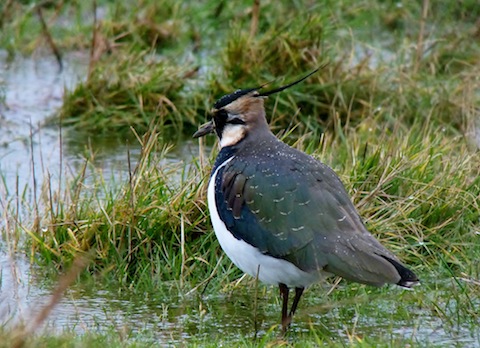
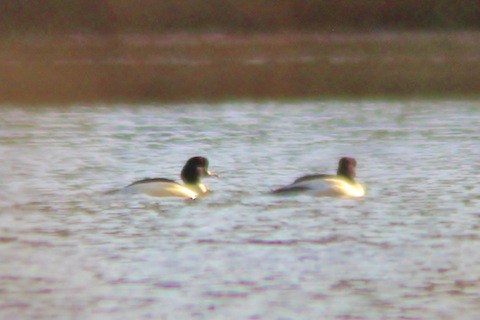
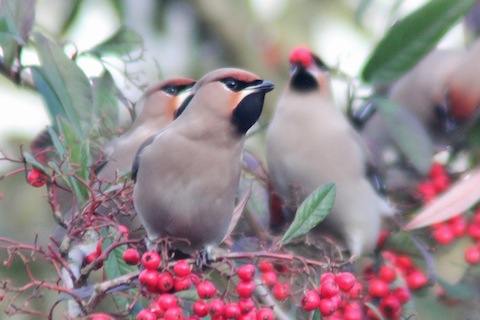

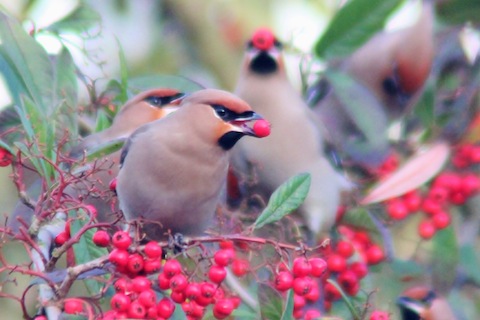
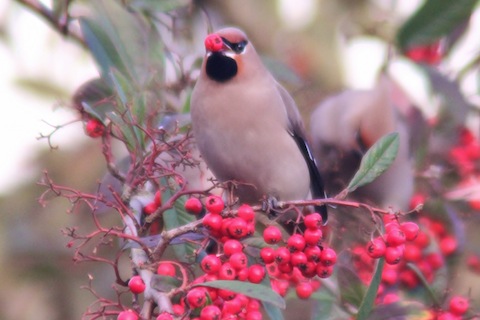
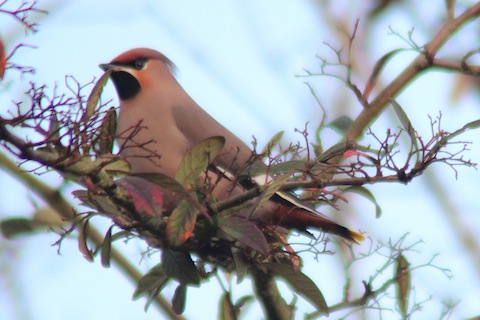
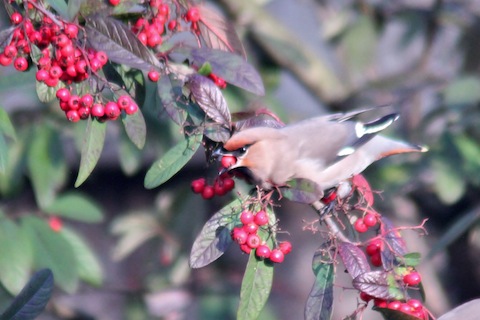



Simon Bromfield
January 7, 2013 at 4:34 pm
Great photos Malcom, especially the waxwings! Hopefully the spring will bring better natural light and extended shooting hours. It’s been quite a gloomy winter with very little sun light.
Stella Goodwin
January 10, 2013 at 12:20 pm
Stunning pictures of the waxwings in particular, thank you for sharing them.